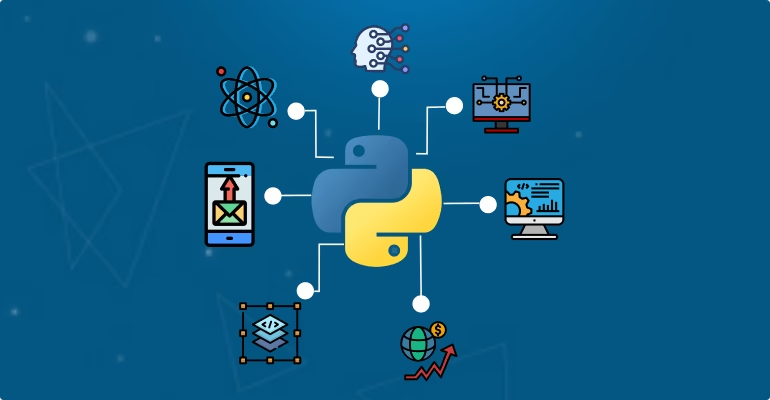Leveraging external IT expertise strategically saves costs while accessing specialized skills supporting complex technical environments and ever-evolving industry regulations. Careful integration planning ensures smooth transitions, optimizing workflows rather than hampering productivity by balancing internal staff and external provider responsibilities thoughtfully. We explore smartly outsourcing ancillary technology needs, motivations compelling migrations, precautionary considerations required, and provider selection best practices converting tactical partners into trustworthy long-term allies.
Outsourced IT Support Roles
Outsourcing technology needs means delegating specific backend infrastructure support elements traditionally performed internally to dedicated external IT support firms instead, specializing exclusively on clients’ behalf. Typical functions transferred this way include:
- Network equipment procurement, configuration, and whole-lifecycle software updates
- Cloud platform migration guidance and application optimization
- Refreshing outdated user devices with modern, secure standard configurations
- Help desk ticketing and daily remote user support
- Critical cybersecurity monitoring, assessments, and incident response
Relinquishing numerous perpetual asset management and technical support burdens offload heavy workloads from internal IT administrator teams, better refocusing skills on advancing strategic product development and customer experience enhancements, exclusively owning wider competitive value.
Why Integrate External IT Support?
Myriad pragmatic motivations compel companies to explore outsourced support partnerships, usually manifesting from:
Cost Containment Pressures
External IT support groups secure discounted asset pricing by purchasing bulk volumes that are lower for shared client bases. Consolidated infrastructure management spreads costs thinner per organization, aided by economizing more higher-level engineers. These savings pass through via flexible, right-sized service models aligning charges closely to actual usage levels and needs.
Access to Rare Niche Expertise
Few growing companies internally house advanced niche skills spanning rapidly evolving technologies, regulations, threats, and protocols. Outsourced IT specialists dedicate careers wholly to mastering complex infrastructure domains around electronic healthcare records, legal information frameworks, insurance data flows, or emerging cyber threats. They strategically bridge knowledge gaps that are inaccessible or unaffordable to attempt organically.
Considerations When Outsourcing IT Functions
While competitive advantages manifest in adopting outsourcing, prudent planning around aligning internal staff and external groups proves equally critical to harnessing positive disruptions and possible supplementing capacities without hampering existing productivity:
Ongoing Governance Communications
Unifying separately managed teams per business objectives requires maintaining operational transparency through consistent check-ins, status updates, and shared reporting dashboards. This helps preemptively resolve coordination issues proactively before necessitating disruptive escalations later.
Data Protection and Compliance Strategies
Sharing access to sensitive data inputs with external groups risks potential non-compliance if not managed appropriately beforehand. Select partners matching security provisions and protocols against organizational requirements closely from day one while monitoring governance practices continually ensuring controls operate effectively always. To make these high-level security features more cost-effective for growing teams, many organisations seek a Dropbox discount through annual billing or specialised programs, which can reduce the cost of Business Standard and Advanced plans.
Transition Change Management
Major changes inevitably challenge the status quo before efficiencies are fully realized. Prepare staff to embrace alterations positively through transparent communications, reminding bigger picture goals. Then, retrain teams on revised workflow handoff points that are redirected optimally.
Best Practices Choosing Outsourcing Providers
Validating ideal partners well positioned satisfying external support objectives involves thorough vetting – including:
Document Current/Future Needs
Audit existing infrastructure constraints and multi-year roadmap needs, accurately detailing precise requirements expected from support partners long term.
Confirm Candidate Capability Alignment
Shortlist vendors thoroughly, confirming their ability to satisfy explicit functional support needs around technology expertise, security controls, dedicated account management, and scaling capacities, forecasting growth years ahead.
Review Candid Client Testimonials
Positively validated client references focused specifically on origination promises met long-term convey genuine provider commitments to upholding consistent, locked-in service levels that continually match internal teams’ priorities.
While outsourcing shifts certain tactical responsibilities externally, internal ownership and verification of service effectiveness remain imperative. Harnessing positive disruptions may possibly supplement capacities strategically. Choose outsourcing partners diligently after aligning needs, workflows, and operating models fully.






